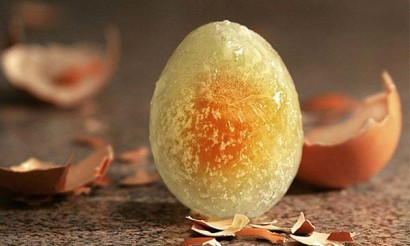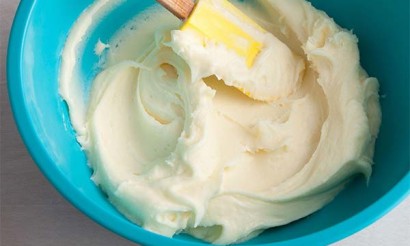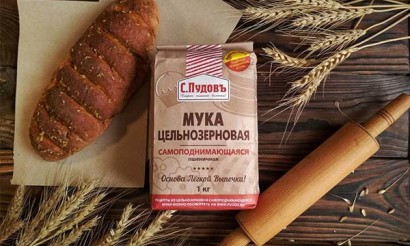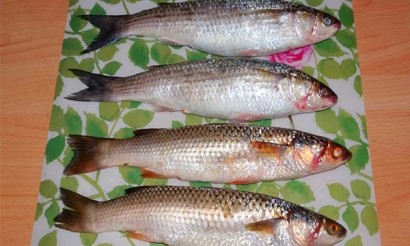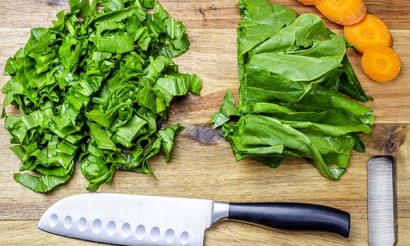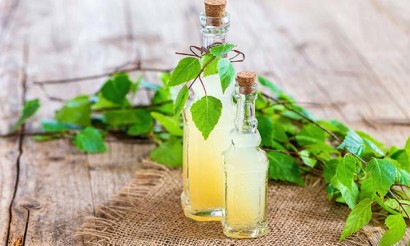Is it possible to eat tomatoes with diabetes
Diabetes mellitus refers to diseases of the endocrine system. The disorder is associated with a lack of insulin in the body and against this background, a balanced diet becomes particularly important. Foods are evaluated according to the glycemic index and are divided into those that can be eaten, cannot be eaten and are allowed occasionally, if you really want to. It does not matter whether the product is a fruit, a cereal, or a vegetable, each one is evaluated separately. Tomatoes got the "green light" in the diabetic diet, besides they have a whole list of useful properties, very important for endocrine disorders.
Composition and benefits

Vegetables have a high water content and tomatoes are no exception. This is well known by hostesses who prefer to prepare homemade tomato paste. Useful substances are dissolved in the juice and in this form are very easily absorbed by the body. In the composition:
- vitamins;
- amino acids;
- enzymes;
- fiber;
- pectins;
- fruit sugars;
- copper;
- cobalt;
- beta-carotene;
- high-molecular-weight fatty and phenolcarboxylic acids;
- carotenoids.
One of the most useful substances is lycopene. It is not produced by the body, it can be replenished only from the outside, with the products. The value of the substance is its ability to bind and eliminate free radicals, stop the development of atherosclerosis and cardiovascular pathologies. At the same time, the glycemic index of the tomato is 10, while the permissible value is 55 units, and the caloric value is 18 kcal. It is not in vain called the "golden apple", for its beneficial effects on the body, the tomato is among the leaders among vegetables. Not a prize three, but undoubtedly the top ten. In this case, the amount of fruit can not be limited, the body itself will prompt when it is saturated with the necessary elements.
Vegetables are recommended fresh or as a juice when:
- There is a risk of chronic constipation.
- Peristalsis sluggish, no appetite.
- Decreased immunity.
- There is a risk of developing anemia.
- There is a tendency to gain weight.
- Blood pressure and mood swings.
Why tomatoes are necessary for diabetes
Disruption of the endocrine system triggers a series of failures in other systems:
- regeneration slows down;
- blood vessels become fragile;
- the risk of eye disease increases;
- the likelihood of cancer increases.
All these problems become less acute if you constantly include tomatoes in your diet, guided by the adage that "we are what we eat". And this product is much healthier than chips and Chupa Chups, because the substances in it not only speed up the metabolism, but also increase the body's resistance to viruses and bacteria. And also slow down the fatty rebuilding of the liver, reduce appetite, helping to control weight, improve skin and hair.
A small portion of fresh tomato salad with herbs and olive oil or with lemon juice dressing activates digestion, reduces blood viscosity and keeps the vascular system from forming cholesterol plaques. The diuretic effect will successfully fight swelling.
Important: Tomato, thanks to the presence of serotonin in its composition, can prevent the development of depression.
Cook it right and eat it with pleasure

Fresh tomatoes are especially useful, but also adding them to dishes does not reduce the effectiveness for the body, since many substances, especially lycopene, are not broken down by a brief heat treatment. Only the B vitamins suffer, but they are not so much in the composition. In 100 grams of fresh product there are only 18 kcal, with 2.6 grams of carbohydrates. This vegetable does not contain cholesterol and does not raise blood sugar levels. It is not recommended to consume it in buckets. About 2-4 fruits of medium size will be the optimal dosage. Also note that with all the variety of varieties, it is bright red and dark red ones are the most useful for diabetes, because they contain the maximum amount of lycopene. Yellow, brown, and almost black fruits are aesthetically appealing, but they are slightly less useful.
Nutritionists recommend fresh fruits, lightly seasoned with vegetable oil. They are perfectly combined with sprouted grains of wheat and oats, which will several times increase the vitamin content in such a bright and tasty salad.
Among the leaders in the menu for diabetes are mentioned such dishes as:
- tomato soup puree;
- Spaghetti with tomato sauce;
- Poultry spotted with tomatoes.
If you really want a pickled tomato, then it is not a problem either, only you should give preference to pickles and marinades of their own making with a minimum amount of vinegar.
When buying, you should pay attention to the quality of the product. Imported vegetables, bought out of season, unripe fruits of brown or "milky" color, or greenhouse vegetables can harm your health. Yes, sometimes you want to treat yourself in winter with the flavor of summer, but it's worth remembering that the high content of preservatives and nitrates from the body with diabetes is eliminated very long and hard, so do not take risks. If a day is unthinkable without a tomato, then for the winter a great solution is to make tomato juice without salt, and it is not boiled, and sterilized at 85 degrees. It is drunk as a separate dish, without combining with other products. So it will bring maximum benefit.
If you have diabetes, you can and should eat tomatoes, following the doctor's recommendations and in moderation.
«Important: All information on this site is provided for informational purposes only. For educational purposes only. Check with your health care professional before using any of our recommendations. specialist. Neither the editors nor the authors are liable for any possible harm caused by materials."


